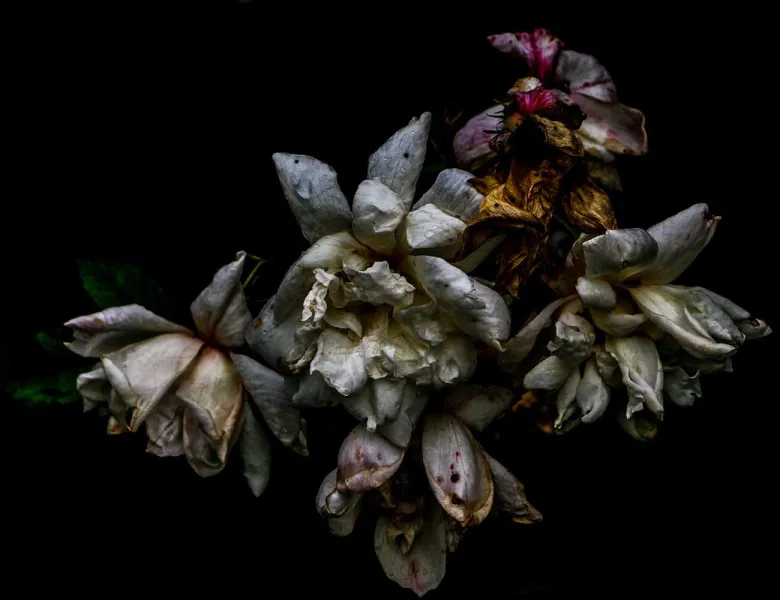Silent Kingdom - The extraordinary underwater photography of Christian Vizl
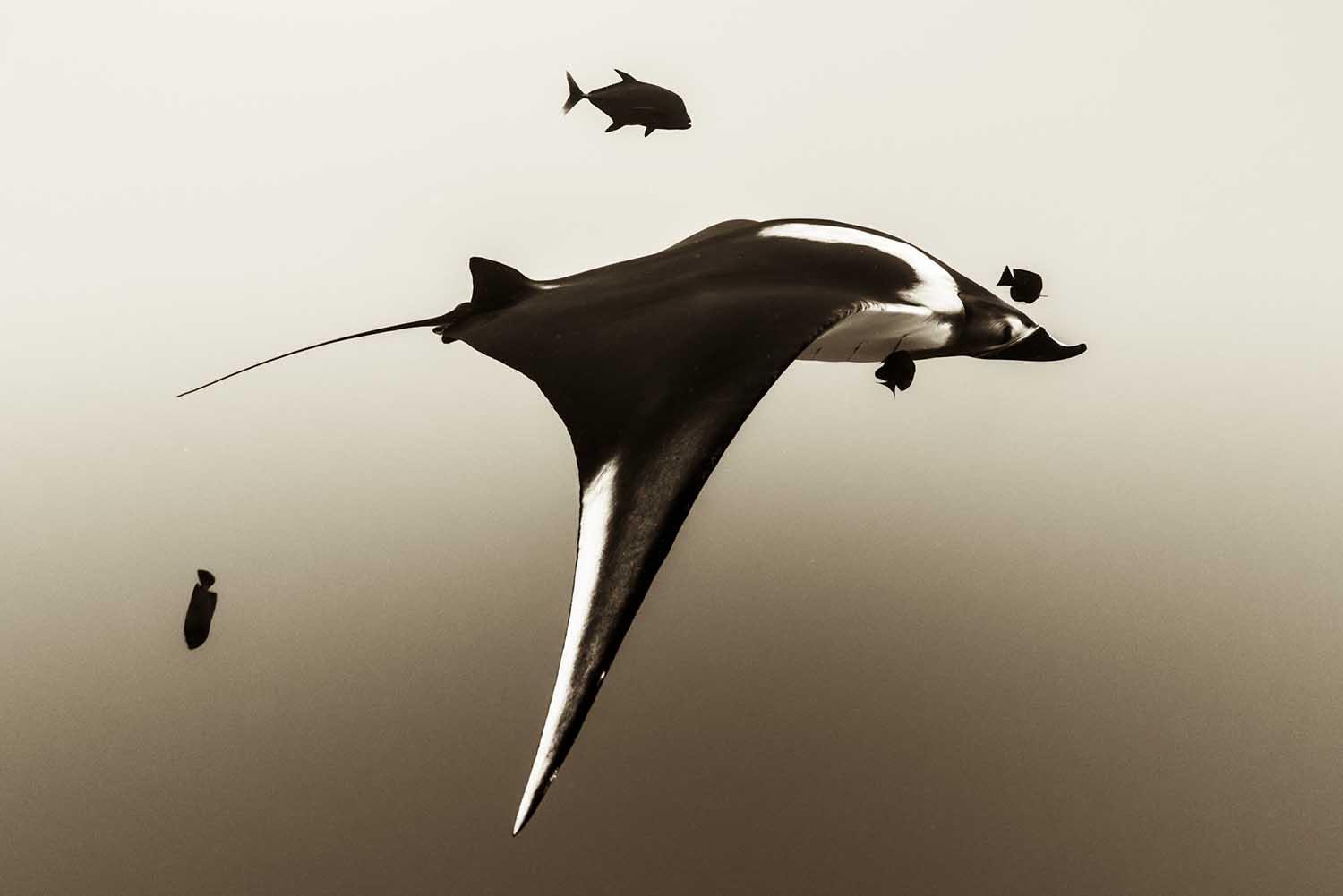
Photography is all about light, and in my opinion, it is the single most important aspect when it comes to creating appealing, inspiring and touching images. In my point of view, far beyond technical issues, what's most important is how I apply and manipulate the light that's available in order to create pictures with dramatic effect, carrying depths of emotion and using contrast and tonalities as means to emphasize form and structure of the scenery.
Christian Vizl’s extraordinary underwater photos have landed him 3rd Place in the Natural World category of the 2017 Sony World Photography Awards.
He has been taking pictures since he was 15 years old, but in 2010 pursued underwater photography with a more professional approach. He has a degree in Business Administration, and is a Diving Instructor, Cave Diver, Rafting Guide, and Sailor.
Hi Christian. Please explain ‘Silent Kingdom’ a little more
Today, the world’s oceans are in grave danger. Overfishing, pollution, climate change, acidification and more threaten the fundamental nature of the ocean, and its animals are being pushed to the edge of extinction. Sadly, the majority of humans see marine animals merely as food. As we can’t understand their voices, the higher purpose of my images is to be a voice of, and for the ocean, hoping that people can get a glimpse of who they really are; beautiful sentient individuals with feelings, personalities, complex behaviors and interesting lives that science is only just starting to understand.
I believe photography is capable of real service to humanity, promoting empathy and initiating change, so my goal is to create poetic images showing the incredible beauty of these animals, carrying the power of changing our perception and sparking the love and empathy that we all have inside.
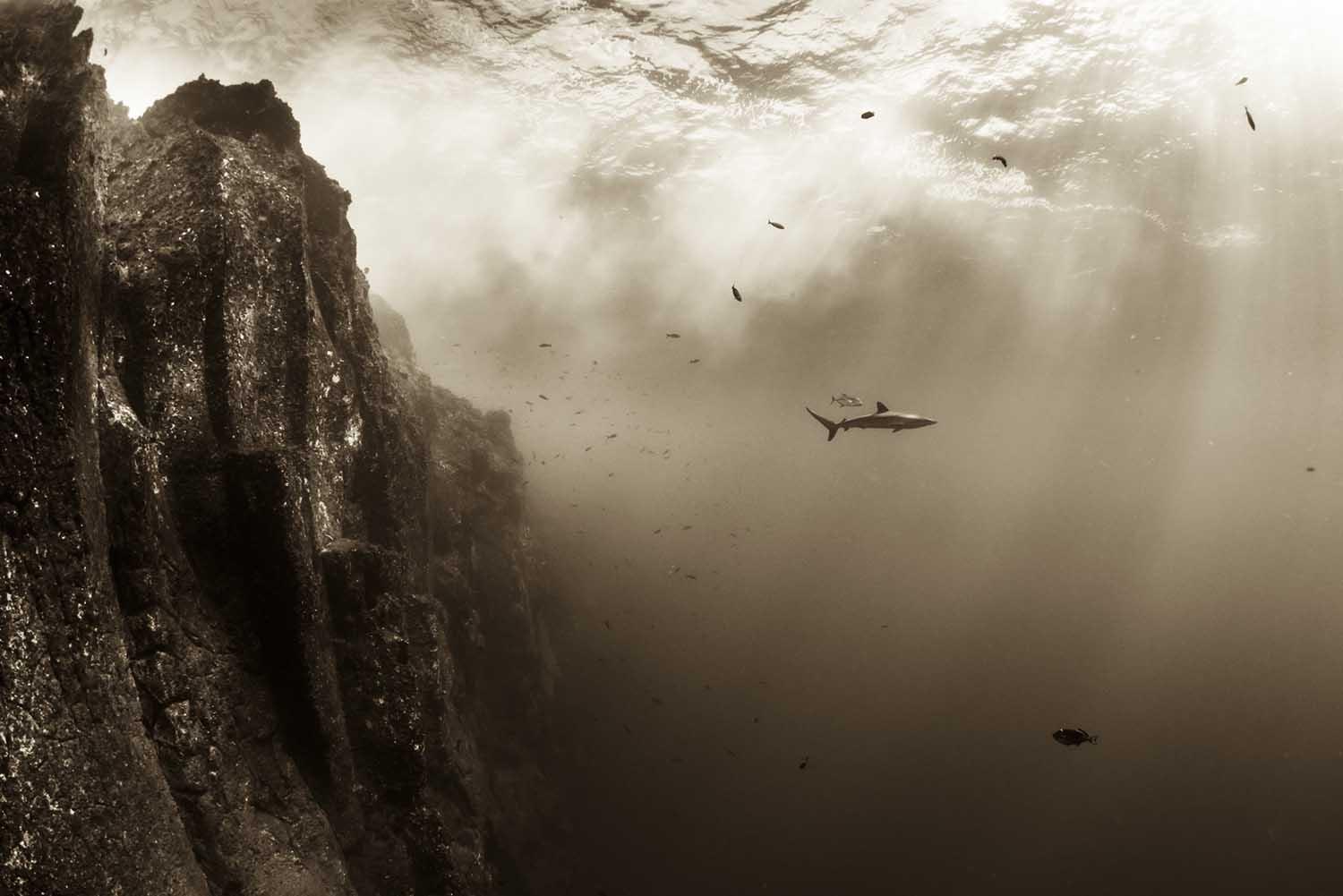
How did you go about taking these images?
Underwater photography usually takes a lot of planning and logistics, especially to find specific animals. To take these images I first needed to travel to the area where they live, which is often in remote areas. I have to carry all the camera equipment, including an underwater housing and all my diving gear. For the shark image I wanted to be in the water at sunset, which create magic sunrays in the water but that usually takes some additional planning with the dive operator. The Striped Marlin is feeding in a very remote area from Baja California as well as very far away from the shore (some 60 miles), so I needed to contact a local fisherman that was willing to take me that far out. One of the best chances to encounter a Silky shark or a Giant Manta are in the Mexican Revillagigedo Islands, which are only accessible with a Liveaboard that takes at least 30 hours of navigation from the nearest port, and these trips are only available during a few months every year.
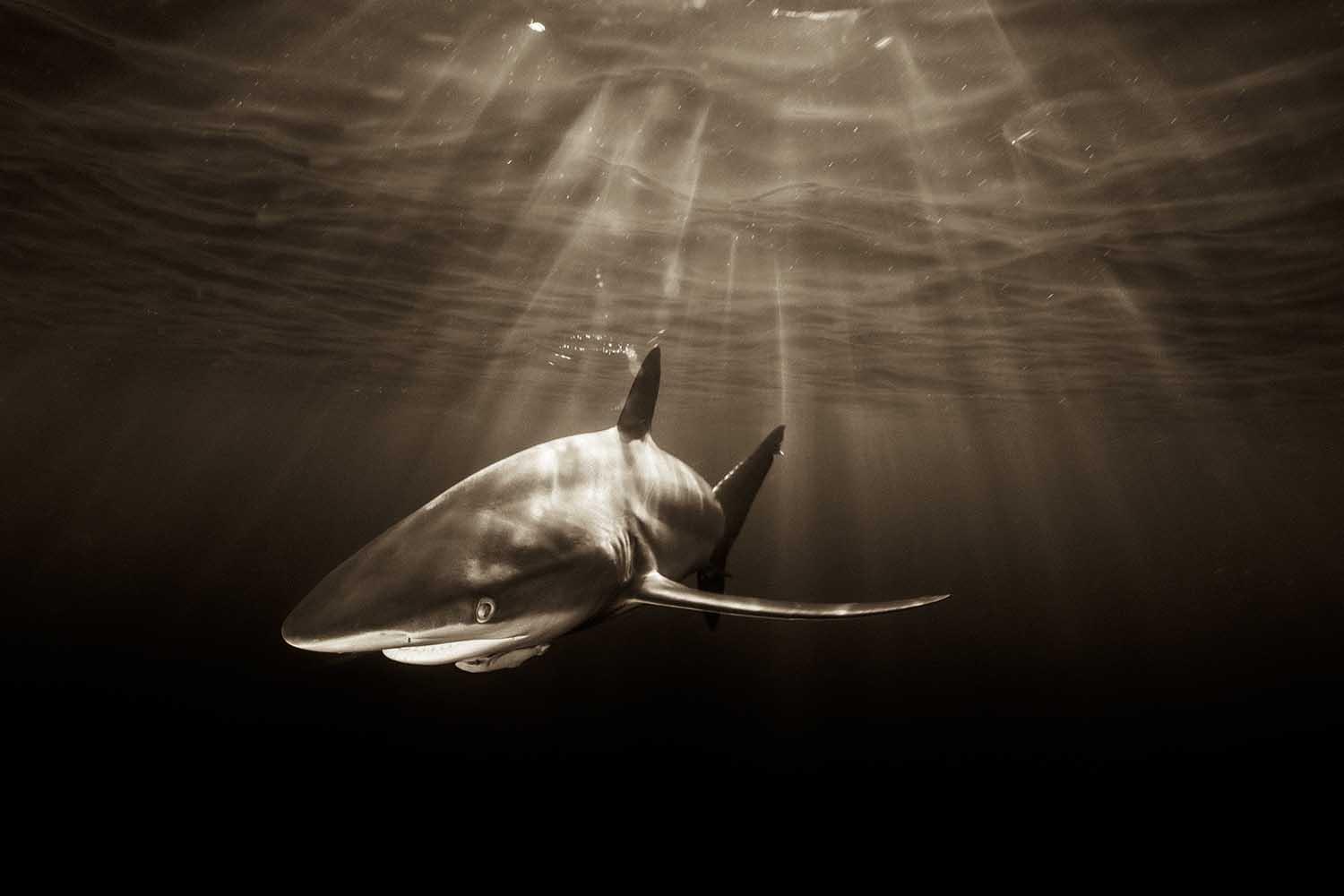
What made you start underwater photography?
I started taking pictures when I was about 15 years old. For many years I only shot above water. In 1997 I became a diving instructor and realized one of my dreams, to explore the World's Oceans. But it wasn't until 2010 that I started taking pictures underwater, combining two of my lifelong passions. Every since I was a kid, as far back as I can remember I was attracted to the sea. I dreamt about what lay beneath the waves, and how would it look if suddenly all the water vanished, leaving static all the animals and living creatures. In this way, I could walk inside the ocean and see them all, suspended for a moment in time and space. To this day I carry within me that dream; and very gratefully realize it through my photography. That is why I started taking pictures.
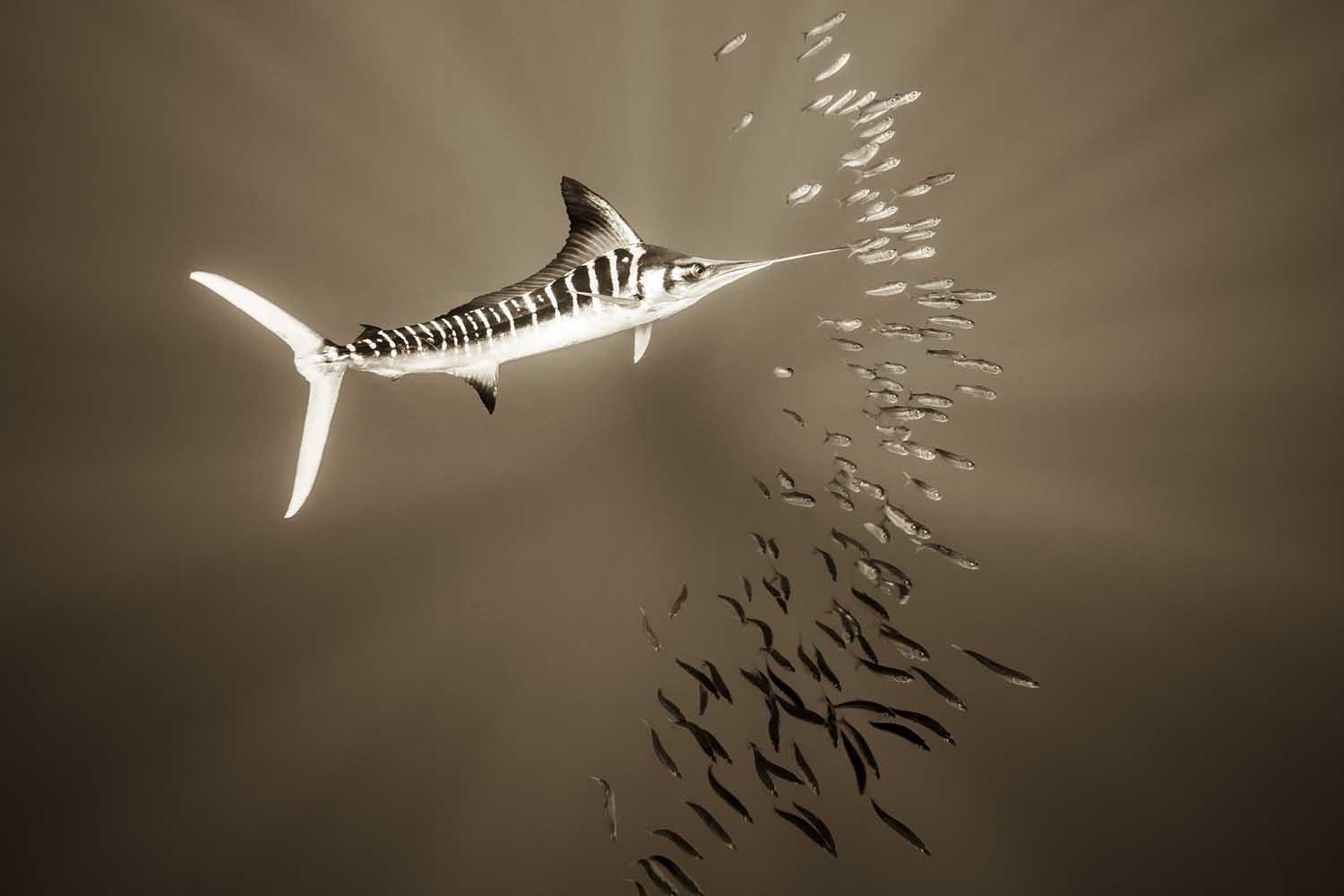
Can you talk us through the process of making one of your images?
Once I go in the water with my camera, instead of starting to shoot right away, I like to take some time to observe the scene and the behavior of the animals to absorb all the beauty that I'm witnessing. This gives me the opportunity to pinpoint the angles and the best lightning scenarios that I would like to capture.
After this time, I start taking my first images, focusing on the right moment, the one that has the potential to take my breath away and do my best to come to the surface with some amazing raw images. For postproduction I use Lightroom, and I consider this process to be very creative, so I need to be in a special mood to do it. I look carefully at each image and try to find what I can do to make that raw image to look at it's best. I don't do any heavy post production, nor take or put any elements in the image, just some basic adjustments like converting to black and white, contrast, clarity, etc. and the final adjustments to get the sepia tone.
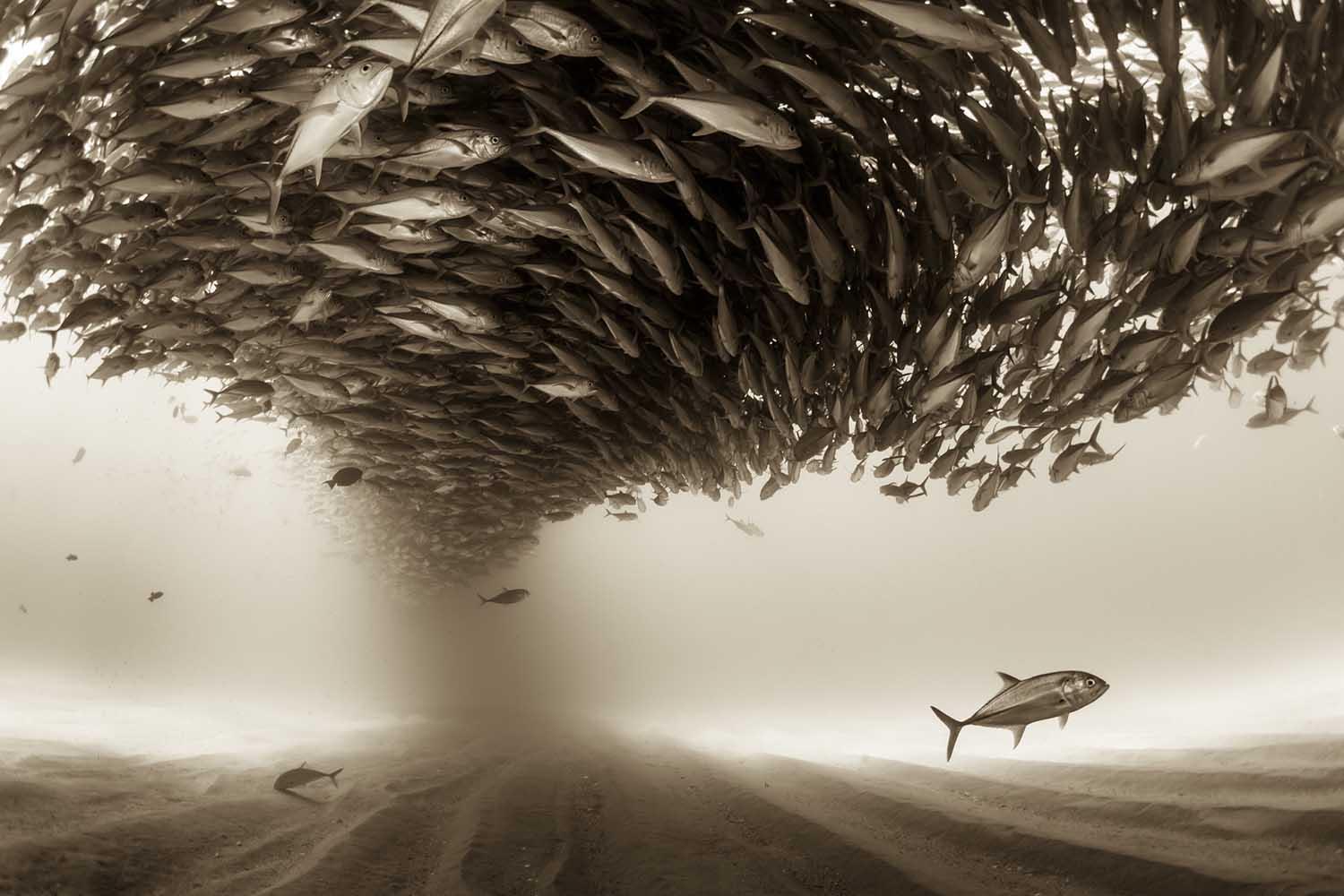
Do you have a photographic philosophy?
Art photography for me is all about beauty expressed through the photographer's eye. It’s the intention to capture his or her’s emotions through passion and love for the subjects. To transform all it’s thoughts and soul into a powerful image that will connect in a deeper level with the viewer. In my case, my subjects are in grave danger of extinction, so I also think it’s very important for my images to have a higher purpose using them to support conservation efforts.






